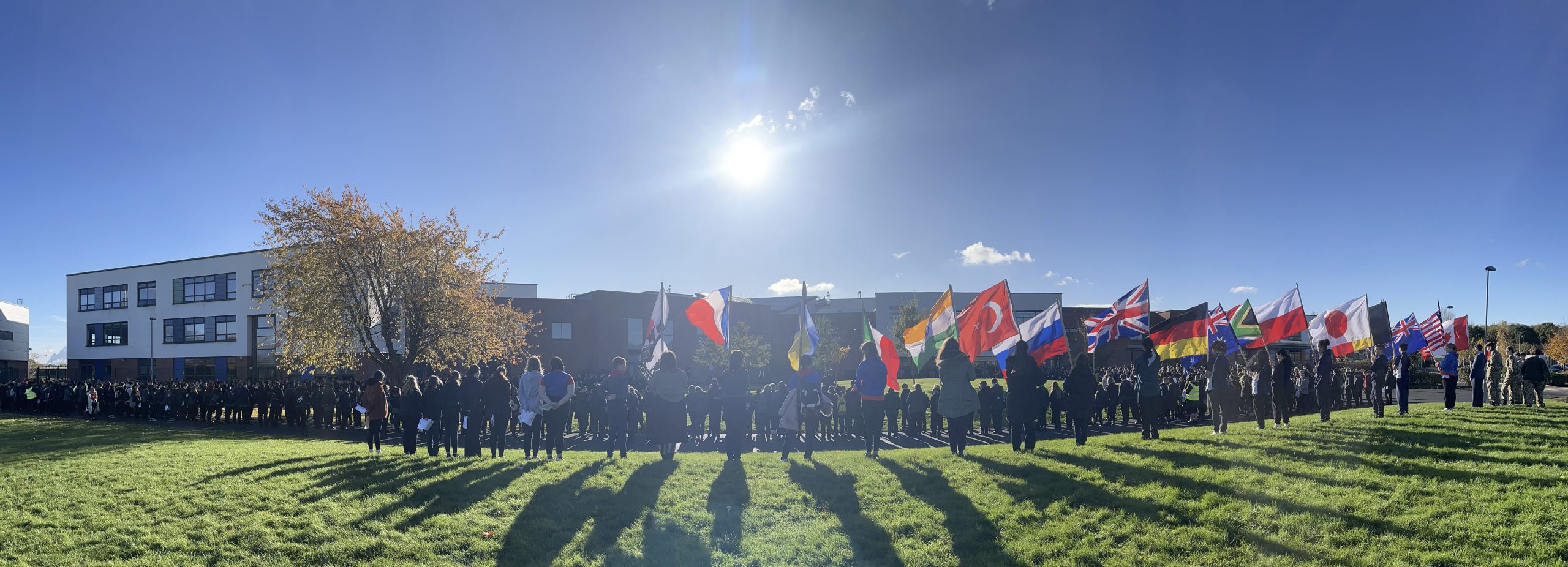How to write a cover letter
How to write a cover letter
Cover letters add context to your CV and allow you to sell your skills and experience to potential employers. To make the best of this opportunity discover how to write a cover letter and take a look at our examples for inspiration
What is a cover letter?
A cover letter is a document sent alongside your CV when applying for jobs. It acts as a personal introduction and helps to sell your application. A cover letter is necessary as it gives you the chance to explain to an employer why you’re the best candidate for the job. You do this by highlighting relevant skills and experience; therefore you should always write your cover letter with the position you’re applying for in mind.
Not to be confused with personal statements for your CV, cover letters should complement your CV but not duplicate it. The general consensus among recruiters when it comes to the length of these documents is the shorter the better. Typically three to five short paragraphs, cover letters should not exceed one A4 page.
If sending electronically, put the text in the body of the email rather than as an attachment, to avoid it being detected by spam filters.
Applications should always include a cover letter unless the job advert instructs you differently.
How to write a cover letter
Before writing your cover letter it’s important that you do your research. While reading the job description thoroughly is essential, it’s often not enough. To help you craft a successful cover letter discover more about: •who will be reading your cover letter •the organisation and its culture •the industry it operates in and any relevant news •company competitors and market position. •the organisations goals over the next five years.
When writing your cover letter keep it brief, while making sure it emphasises your suitability for the job. It can be broken down into the following sections:
•First paragraph – The opening statement should set out why you’re writing the letter. Begin by stating the position you’re applying for, where you saw it advertised and when you are available to start.
•Second paragraph – Highlight relevant experience and demonstrate how your skills match the specific requirements of the job description. Summarise any additional strengths and explain how these could benefit the company.
•Third paragraph – Cover why you’re suitable for the job, what attracted you to this type of work, why you’re interested in working for the company and what you can offer the organisation. This is a good opportunity to show off your knowledge of the company.
•Last paragraph – Use the closing paragraph to round up your letter. Reiterate your interest in the role and indicate your desire for a personal interview. Now is the time to mention any unavailable dates.
Once finished read through the document and cut out any unnecessary words and sentences. Don’t fill up space by repeating what’s already covered in your CV. As a general rule only mention your current wage if the employer has specifically asked you to do so in the job description. If you’re asked to include this information put it between the third and last paragraphs.
Unless the job advert states differently (for example, it may ask you to provide your CV and cover letter as a Word document) save with a .PDF file extension to make sure it can be opened and read on any machine. Windows PCs and Macs don’t always work in harmony – Windows use a .docx file extension and Macs .pages but if the recruiter uses the opposite system they may not be able to open your file. Using a .PDF file extension should solve this.
If you need help with your CV take a look at how to write a CV.
How to address a cover letter
Always try and address your cover letter directly to the person who will be reading it. Bear in mind that you’re more likely to receive a reply if you send it to the right person.
If you’re struggling to find a named contact you can use a general greeting such as: •DearSir/Madam •Dear Hiring manager •Dear Human resources director.
However, general greetings should only be used once you have exhausted methods of finding a named contact.
How to sign off
How you sign off your cover letter depends on how you addressed it. If you include a named contact, sign off ‘Yours sincerely’. If you use a general greeting, finish with ‘Yours faithfully’.












